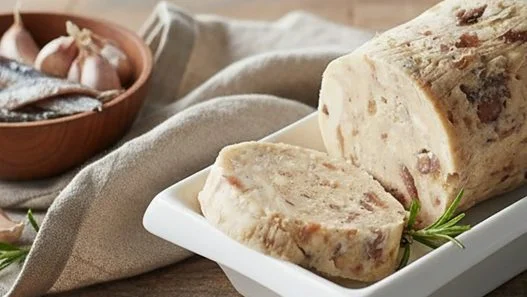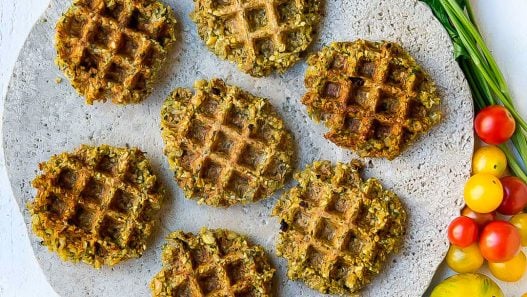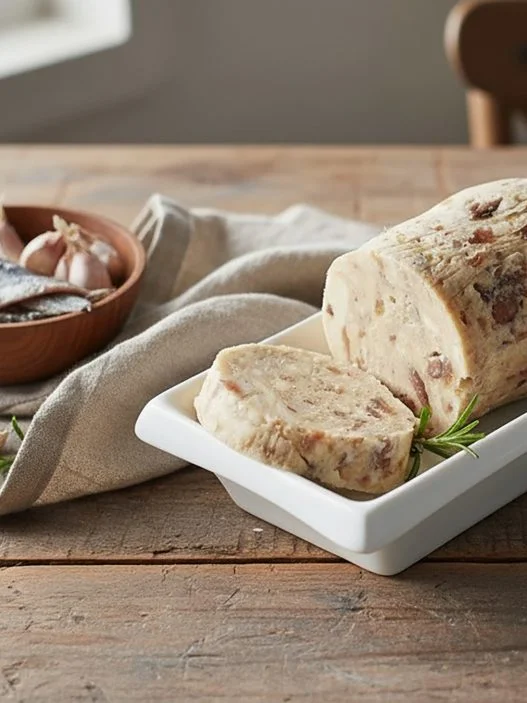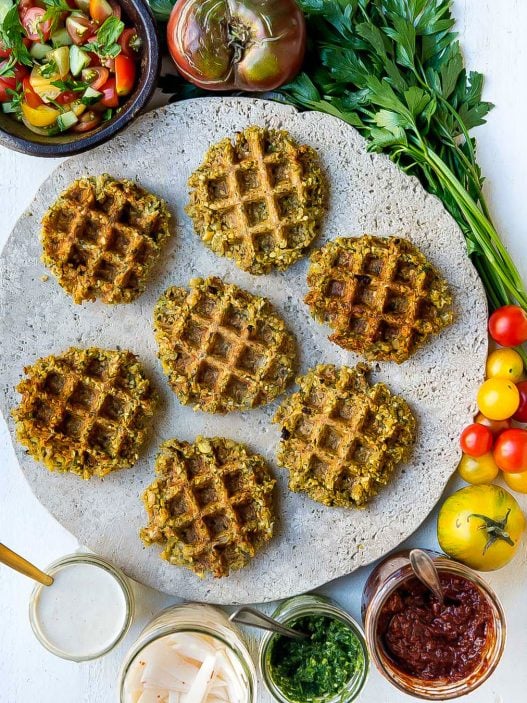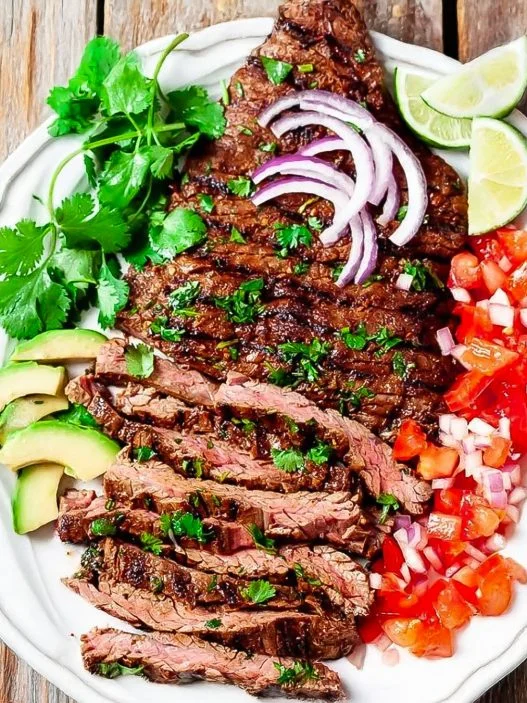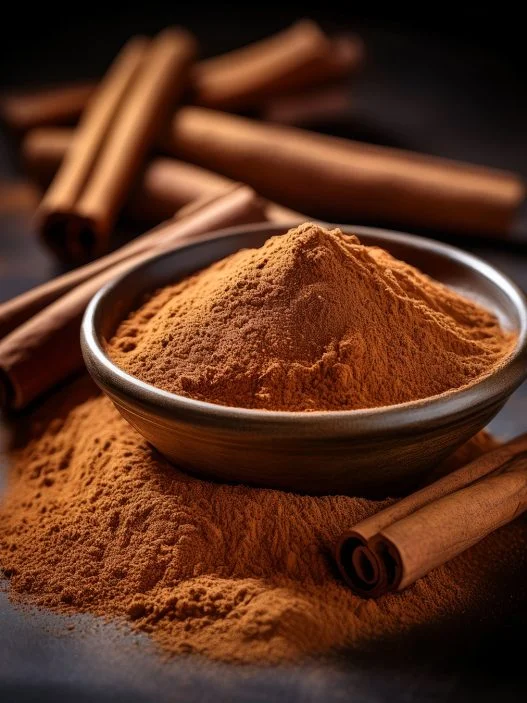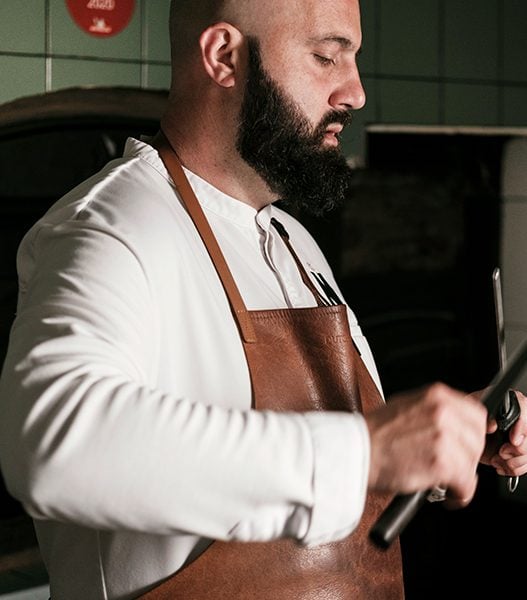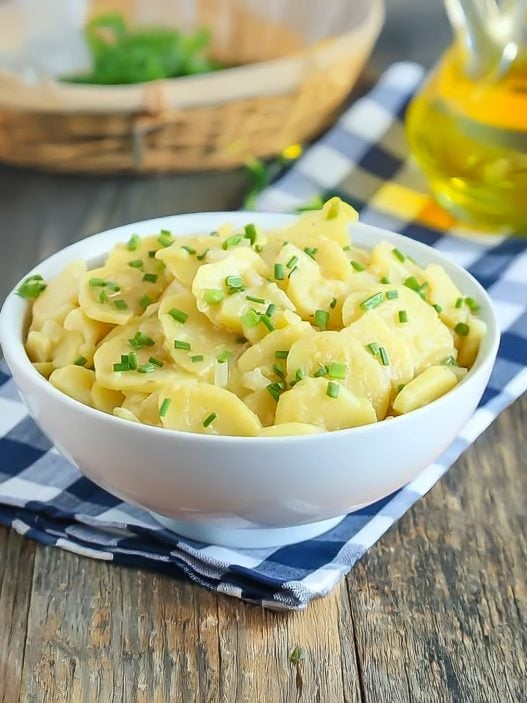Crostini make for an endless variety of near-instant hors d’oeuvres. Just spoon on your pick of toppings and watch them disappear.
By Jovina Coughlin
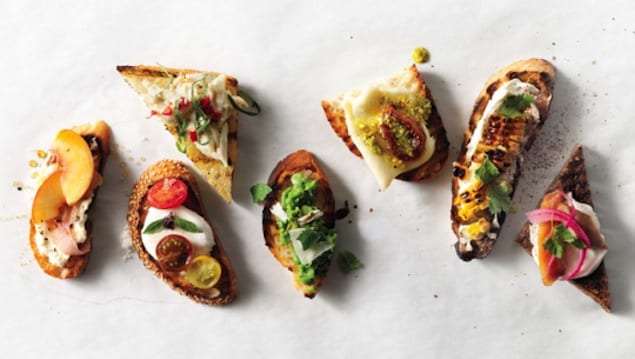
Crostini is just another name for slices of bread that have been brushed with oil and baked until golden brown. They make for an endless variety of near-instant hors d’oeuvres. Just spoon on your pick of toppings and watch the crostini disappear.
Crostini is the Italian word for “little toasts”. They are believed to be a kind of Italian peasant food that originated in medieval times. The Italians, too poor to possess ceramic plates, preferred to eat their food by keeping it on the surface of slices of bread. The Italians, not a group to waste anything, often ate stale bread which had to be soaked in juices or wine in order to chew it properly.
Bruschetta and crostini are both bread preparations used in antipasti – but what is the difference?
The difference between bruschettas and crostini is the type of bread used. Bruschetta, from the Italian word “bruscare” meaning “to roast over coals”, is made by toasting whole, wide slices of a rustic Italian or sourdough type bread. Crostini are sliced from a smaller, round, finer-textured bread, more like a white bread baguette. In Italy you might find yourself offered an antipasto of four or five different crostini, no more than a couple of mouthfuls each, accompanied by some olives, but only one or two of the larger bruschetta would be plenty.
Start With Good Bread
The bread you use should be high quality; look for fresh baguettes, boules and hearty country bread, preferably from a local bakery (as opposed to supermarket brands). Texture is very important–it shouldn’t be too dense.
Thickness of Slices
The bread needs to be thin enough to bite, but thick enough to support toppings -1/2-inch thick is just right.
Oil
Brush olive oil on each piece before toasting it. Why? It makes the surface of the bread less dry. And it just tastes better.
Don’t Over-Toast
If the crostini are too hard, they will hurt your guests’ mouths and flake all over their clothes. The ideal texture: crispy on the outside and tender on the inside. To achieve it, bake, grill or broil bread over high heat, making sure to toast both sides. (If you cook on too low a heat, the bread will dehydrate and crumble upon first bite.) You’ll know it’s finished when the edges are browned but the center is lighter in color and still has a little spring to it.
Flavoring
Flavor your crostini right after toasting. Things you can rub on the bread: a raw garlic clove, a tomato half – cut side-down or a whole lemon or orange–rind. The crispy bread will pick up the fruit’s essential oils.
Toppings
If you pile on the topping, it’s going to fall off when you bite into the crostini. You should be able to take bites without worrying about staining your shirt or dress. Wet topping = soggy bread. Use a slotted spoon when working with a wet topping (tomatoes, etc.) so that extra liquid is left behind. If using greens, dress them lightly.
Here are some of my favorite combinations. They are easy to prepare and are always a big hit when I entertain.
Shrimp and Pesto
Mediterranean Spread with Artichokes
Caprese
Olive and Orange Spread
Roasted Red Pepper and Prosciutto
Caramelized Sweet Onions and Gorgonzola
Lemon Ricotta with Fruit and Honey




